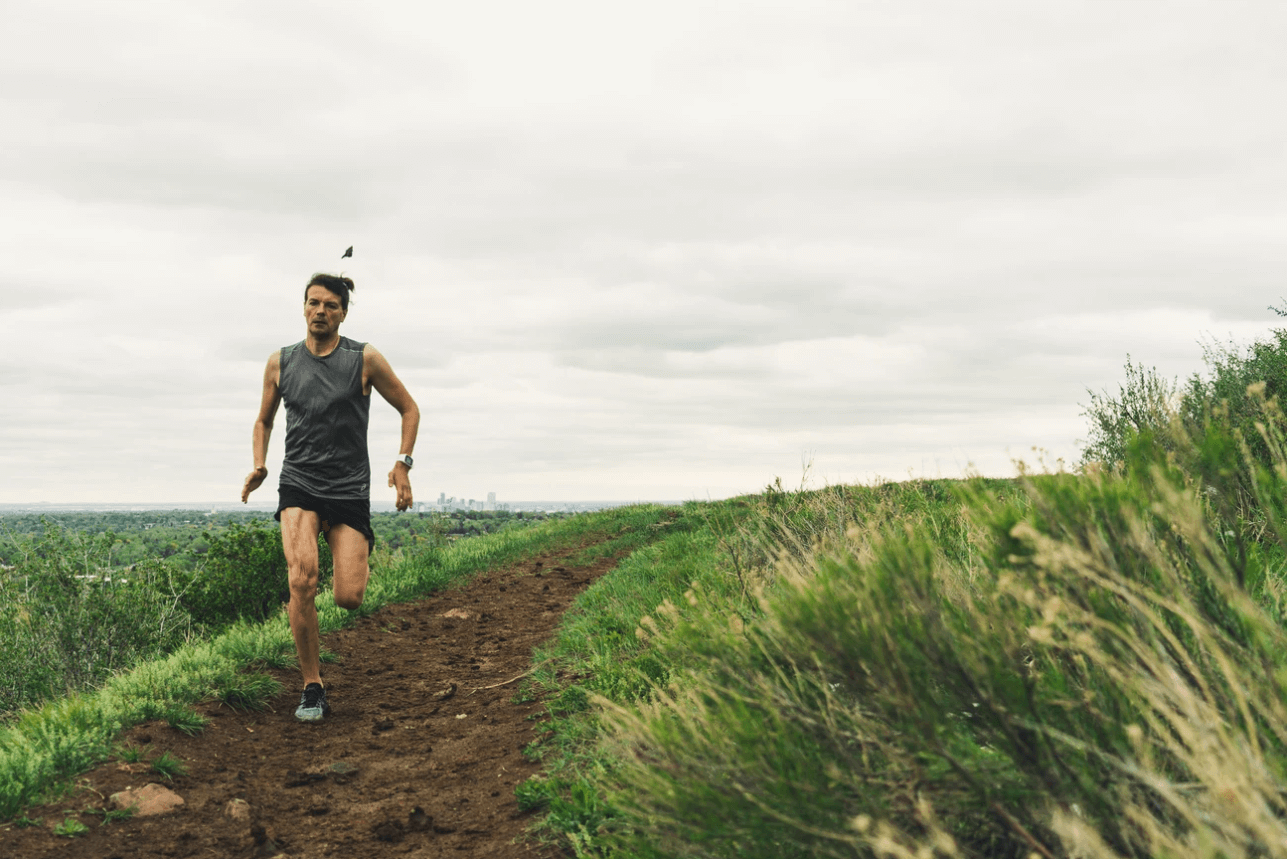Exercise: Motivation Gets You Started, But Routine Keeps You Going

Our interactive body map of how a lack of physical activity makes you sick may have got you thinking, but it can be difficult to know how to get started if you don’t regularly exercise.
Here we review the best science about how to start an exercise habit, and how to keep it going.
What type of exercise, and how much?
The government tells us we should get at least 150 minutes of moderate to vigorous physical activity per week, and preferably 300 minutes. Moderate physical activity is generally described as exercise at least as intense as brisk walking – things like swimming, household chores and mowing the lawn all count.
For instance, in Nazi Germany, the women’s organization Frauenschaft sponsored a “Health through Housework” movement which combined household chores with Swedish gymnastics. Picture making the bed standing on one leg and you’ve pretty much got the idea.
Vigorous physical activities are those that cause you to feel puffed and include jogging, hiking, and shoveling. Vigorous physical activity counts double: just 75-150 minutes per week is enough to make sizeable health gains.
Moderate and vigorous physical activities have important benefits for health by stressing the heart system and therefore stimulating it to adapt. In addition, they contribute to weight control through burning calories, improve mood through the release of endorphins, and benefit metabolic health (warding off diseases such as diabetes and cancer) by altering hormonal, inflammatory and immune responses.
In addition to moderate and vigorous physical activity, the guidelines recommend that physical activity should include muscle-strengthening activities at least twice a week. Such activities include lifting weights or heavy chores that involve carrying loads. In particular, strengthening activities have important benefits for bone health.
Getting started
We used to think of physical activity in terms of leisure-time activities, like sports and fitness activities. However, health scientists now recognize that most forms of physical activity have beneficial effects. Physical activity from daily chores, or walking or cycling to get from place to place, are all helpful and offer realistic ways for people to squeeze more physical activity into their busy lifestyles.
It’s surprising how much difference a little effort can make. Imagine you decide to get off the bus a stop early, and walk the extra 500 meters (.31 miles) to work, and then do the same on the way home. That’s an extra kilometer every day, or about 60 minutes of exercise a week.
 Yep, this counts. from www.shutterstock.com
Yep, this counts. from www.shutterstock.comThat much exercise will reduce your risk of dying at any given age by about 10%. In theory, over a year you would lose 3kg (6.6lbs) of body fat. However research has found that people tend to crank up their eating and wind down their other exercise habits when they do these added extras, so your actual weight loss might be more like 500g.
It’s thought that physical activity accrued in sustained “bouts” (continuous periods of physical activity lasting 10 minutes or more) may have extra health benefits, although shorter spurts of activity also have a cumulative benefit.
Aim to gradually build up your physical activity, building on your base level of physical activity until you eventually meet the guidelines. The relationship between physical activity dosage and health effects is on a curve. It’s a bit like money: an extra 10 minutes a day means large health gains for someone who gets no exercise, whereas the same increase for someone already exercising for an hour a day will deliver diminishing returns.
If you’re starting from a low base, choose moderate, rather than vigorous, activities. This minimizes your chance of getting an injury and maximises your prospects of keeping your new habit going.
Research clearly shows that people who go hard early are more likely to drop out. If you have a pre-existing health condition such as high blood pressure, diabetes, or arthritis, consider consulting your doctor first (though if your doctor is worth her salt, she will already have recommended physical activity, as it is a key component of managing these conditions).
Maximizing your success
Unfortunately, it is common for people to fall off the physical activity wagon, and an estimated 50% of people who start a new exercise program will have given it up within 6 months. However, science has identified numerous factors that increase your chances of sticking with it.
- Make a commitment to others. Exercise with a friend, or sign up to a team or group fitness program. Being around others who exercise is proven to increase people’s motivation to continue with their own exercise plans.
- Choose a form of exercise you feel competent doing and enjoy. If there is a new form of exercise that interests you, but you don’t feel confident about it, find an exercise professional who can teach you.
- Give your lifestyle a spring clean. Evidence suggests that healthy behaviors reinforce each other. For example, changing your diet can be a catalyst for continuing a new exercise program.
- Set goals for your exercise. Goals that are specific, measurable, and timely can significantly increase your chances of success.
- Be aware of the barriers you face (such as time and energy for exercise) and proactively plan strategies for addressing these. For example, having an exercise schedule can help people with lack of time, while planning exercise earlier in the day can help if energy or weakness are barriers.
Some of you may be thinking of other, more “intimate” and socially interactive methods of getting exercise. There’s bad news on this front. A bout of sexual activity uses about the same as a gentle six-minute walk. You get more bang for your buck, so to speak, from the walk to work.
Sources:
Author:

Carol Maher

Tim Olds
Professor of Health Sciences, University of South Australia





